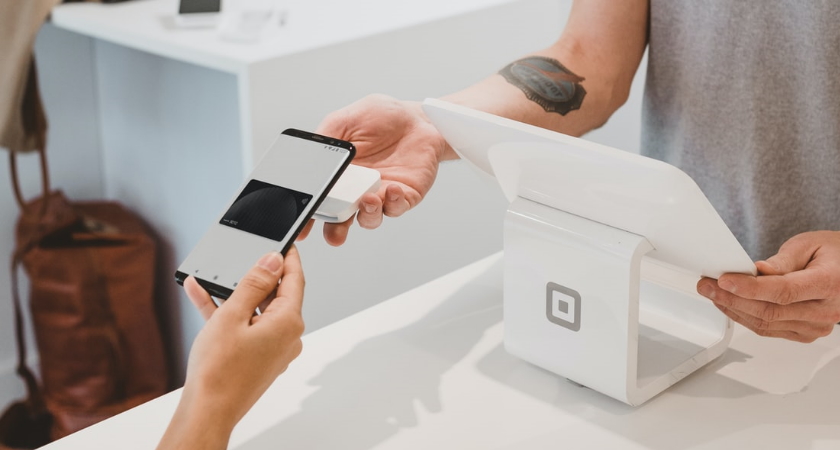When the COVID-19 pandemic turned the world upside down, we were thrust into a socially distanced space. One blink and everything is digital as we work, shop and play from the comfort of our homes. This all happened because large corporations, SMEs and even mom-and-pop stores embraced online to comply with “minimum contact” regulations in order to guarantee business continuity. What comes next is a natural progression. End users have adopted digital payments to ensure their new lifestyle is seamless, connected and instantaneous.
Now, tap-and-go and contactless technology are being used on a global basis. However, the biggest change is the rapid rise of digital wallets or e-wallets. According to fintech company Boku and digital technology analyst firm Juniper Research, Asia is the fastest-growing e-wallet continent. Southeast Asia sits at the very zenith with an expected 311% growth between 2020 to 2025. Meanwhile, far East countries like Japan, Korea and Taiwan will see accelerated e-wallet adoption with a market penetration rate of 98.4% by 2025. In Western Europe and North America, there will be a 65% and 50% growth respectively, signaling the start of a shift towards cashless payment in the next five years.
As digital wallets are on their way to becoming the most popular payment method, here’s a quick guide to understanding them.
What is a Digital Wallet?
A digital wallet is an online service that stores your financial information. It can be accessed via computer, smartphone or smart devices to perform any transaction. Popular digital wallets include Apple Pay, Google Pay, Samsung Pay, Alipay, Razer Pay, PayPal and Venmo, to name a few.
How Does It Work?
Different technologies power different e-wallets:
- Near Field Communication (NFC) – This enables two devices to exchange information when they are in close proximity, which is usually used in tap-and-go scenarios.
- Magnetic Secure Transmission (MST) – A device with MST generates a magnetic signal to replicate the magnetic strip of a credit card. This signal is then transmitted to a terminal’s card reader when they are close to each other to finalize a transaction.
- QR Codes – This technology works in two ways. The first uses your smartphone camera to scan a barcode to make a payment while the second displays a barcode on your device for businesses to scan and complete a payment.
Do I Need a Credit Card to Use a Digital Wallet?
Some digital wallets can function with or without a credit card as long as you can transfer funds into them via bank transfer or a physical top-up card.
What Are Some of Its Key Benefits?
For businesses, offering digital wallet as a payment option allows you to unlock more customer data at a granular level and as such, derive the most accurate and actionable insights. This means knowing where your customers shop, how much they spend, how frequent they shop and so on. These details can be used to personalize customer shopping experience, carry out targeted marketing campaigns and improve customer service.
From a customer’s perspective, an e-wallet is simply an extension of their daily lives. It is convenient, mobile- and user-friendly. There are many ways to add funds to your digital wallet and you can choose to automate fund transfers when your money is below a particular threshold. End-users can also keep track of all transactions by accessing their reports whenever they want. In addition, there are multiple ways to pay as QR Codes, NFC and MST technology are readily available in many businesses.
Besides being a finance service, digital wallets open up access to more offers and rewards. Businesses can develop loyalty programs, discount coupons, lucky draws and cashback offers to encourage their customers to spend. Similarly, customers can collect rewards earned from credit cards, promotions or the platform itself to save more or increase the value of their purchases.
Are Digital Wallets Safe?
While this technology is not new, its rapid adoption among the masses gives rise to safety and security concerns. Common fears range from stolen phones to hackers accessing one’s private information. Luckily, digital wallets are safe.
Credit card information kept inside an e-wallet is tokenized. Essentially, when you pay for something, the service does not send your credit card details to a business. Instead, it creates a one-time use token to process payment, keeping your information securely within the e-wallet. Your personal data is also encrypted and converted into a unique code so only you and authorized parties can access it.
To ensure maximum security, digital wallet service providers have added other layers of security that require the user’s involvement. This includes PIN or biometric authentication like fingerprint scan or facial recognition. Still, users should exercise some caution like covering their device’s screen before entering their PIN in public.
What’s Next?
Thanks to the accelerated pace of digitalization, the digital payment space has experienced a new wave of modernization and acceptance. While it may not be time to ditch actual wallets, the adoption rate of its digital counterpart will continue to rise. Soon, digital payment will transcend smartphones and move into the IoT segment as wearable technologies like watches, rings and wristbands have the potential to be contactless payment devices. Whether physical or virtual, both planes of existence have the infrastructure to support flexible and seamless transactions that happen in the blink of an eye. Therefore, businesses need to take heed and begin leveraging digital wallets as the future is now.

